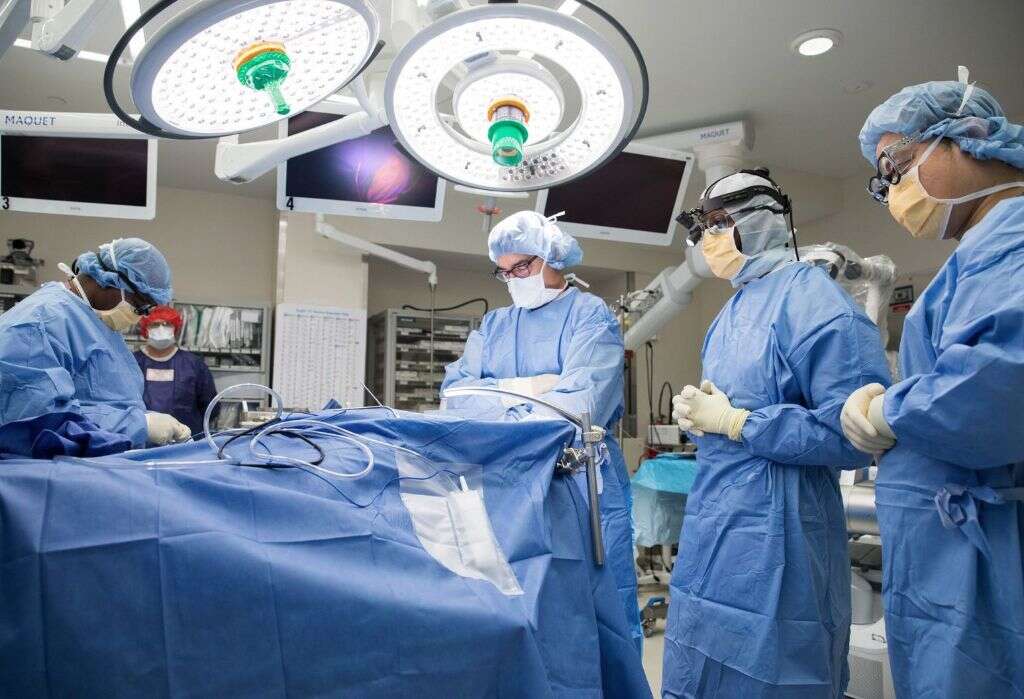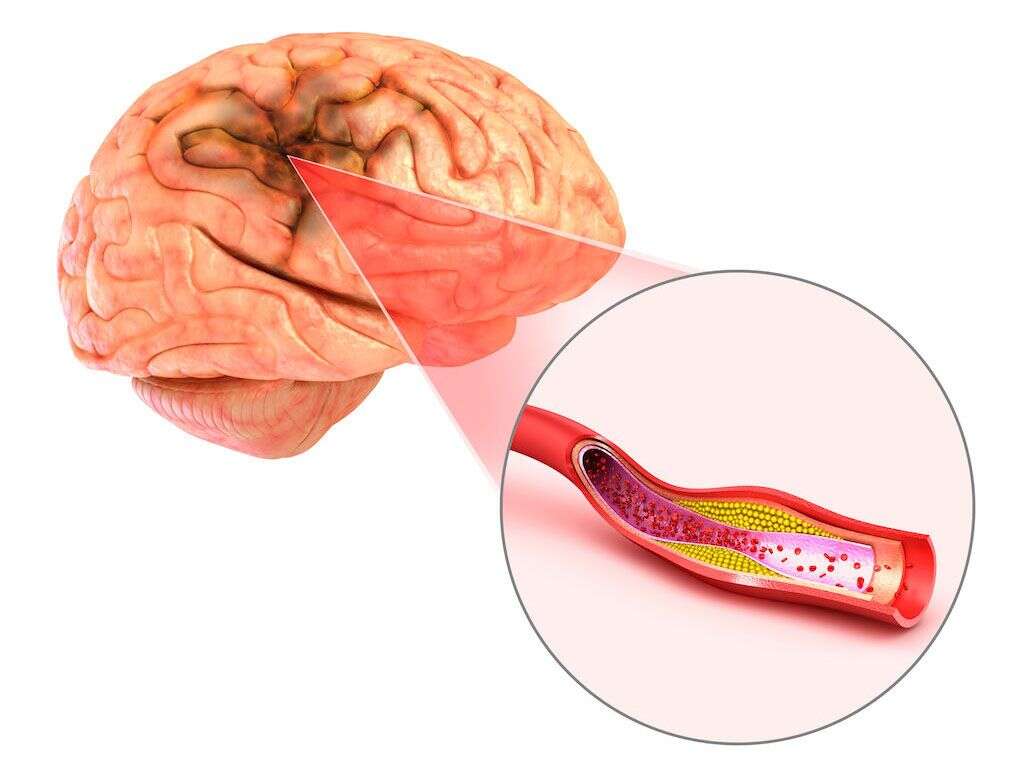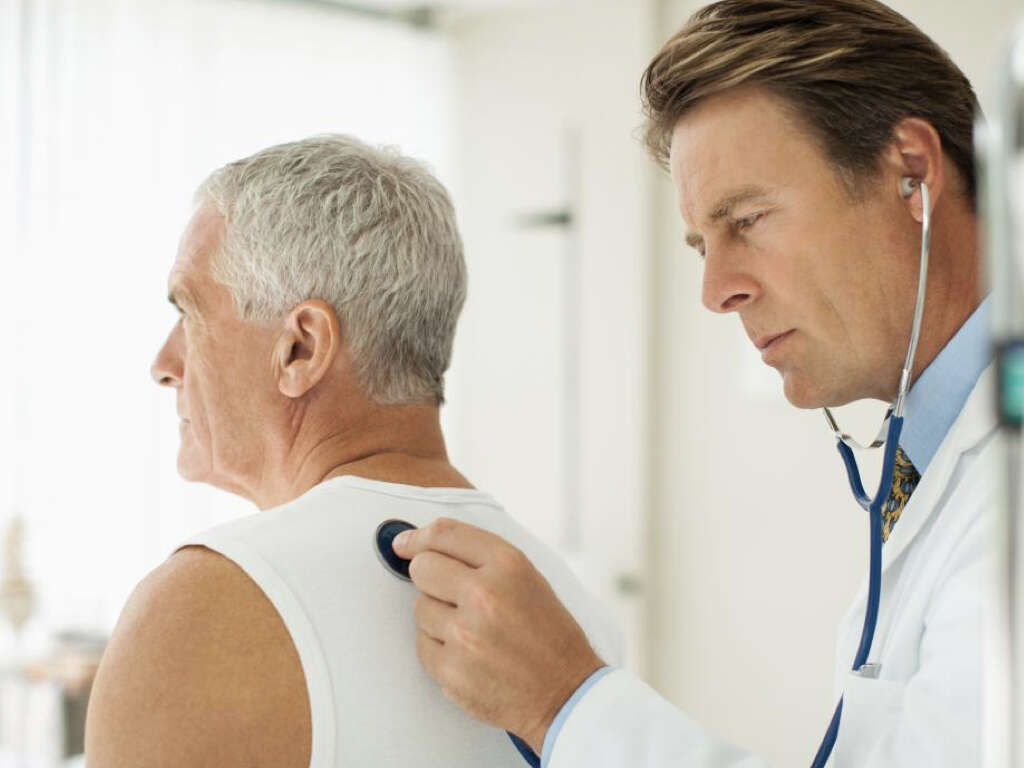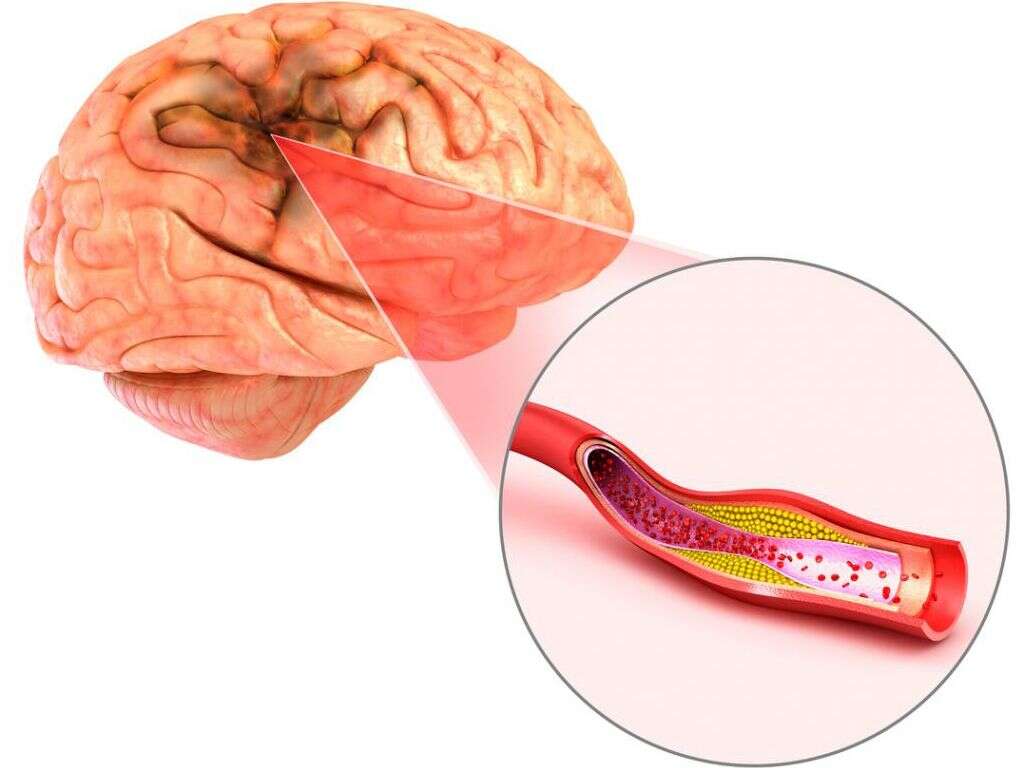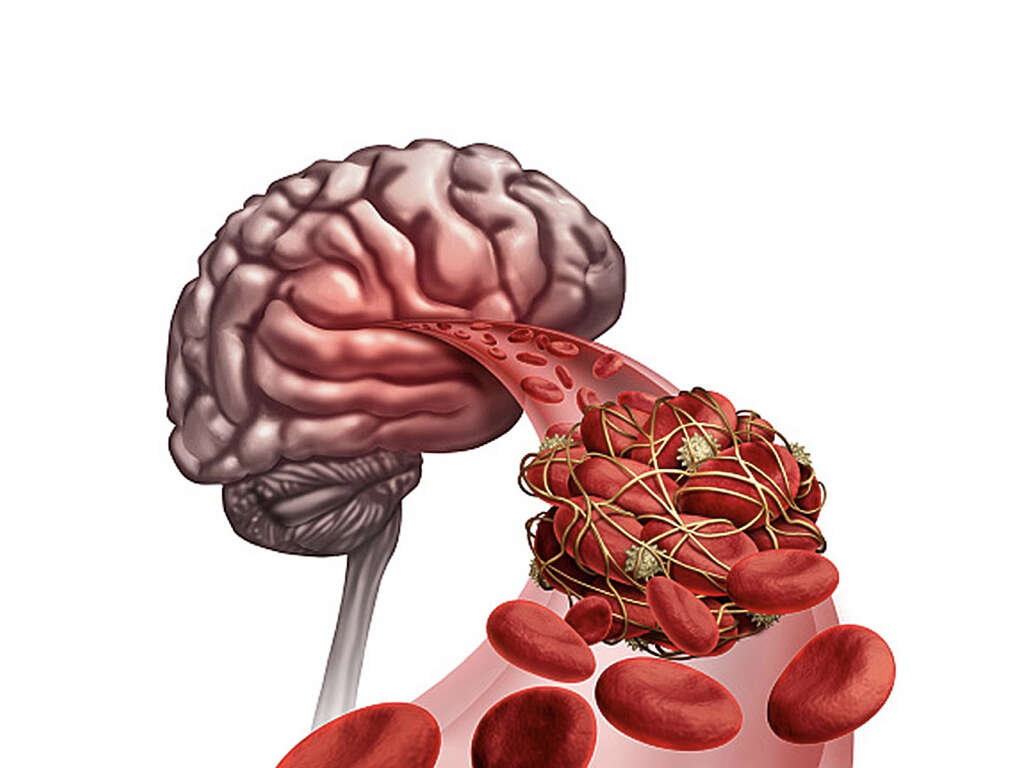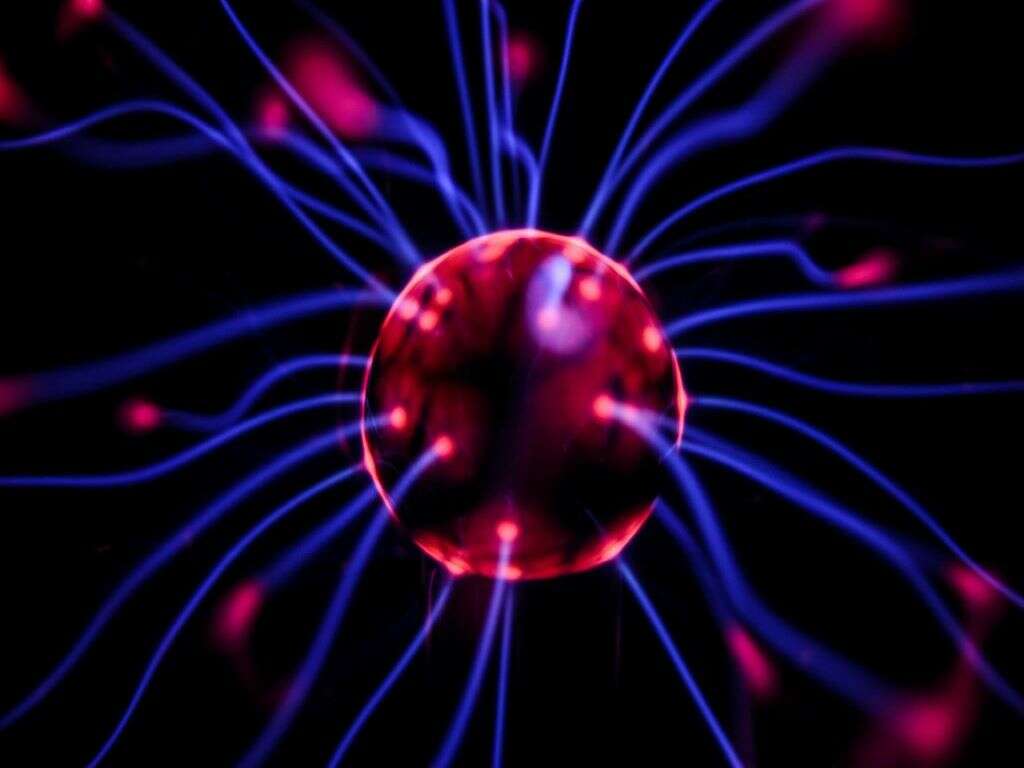What Is Cerebrovascular Accident?
Blood travels throughout our body in a system of tubes that we tend to call blood vessels. It is essential that these tubes remain in good condition to help ensure that the blood gets to where it is needed. Unfortunately, these tubes are prone to being damaged and developing other problems.
If blood vessels are too weak, the pressure of the blood within them can cause them to break open. There is also a chance that these tubes can become blocked, meaning parts of the body will no longer be supplied with blood. If this means that blood can no longer flow the brain, it results in an extremely dangerous situation known as a cerebrovascular accident.

1. Cerebrovascular Accident
A cerebrovascular accident is a condition where blood has been stopped from flowing to the brain. It is a very dangerous condition that is more commonly known as a stroke. There are two main types of stroke that people can suffer from. These are a hemorrhagic stroke, or an ischemic stroke.
A stroke is a very serious medical condition and the patient should be found emergency medical assistance without hesitation. There is a very real chance that the stroke can be fatal, but getting medical assistance quickly will significantly boost the patient’s chances of surviving, and even making a full recovery.
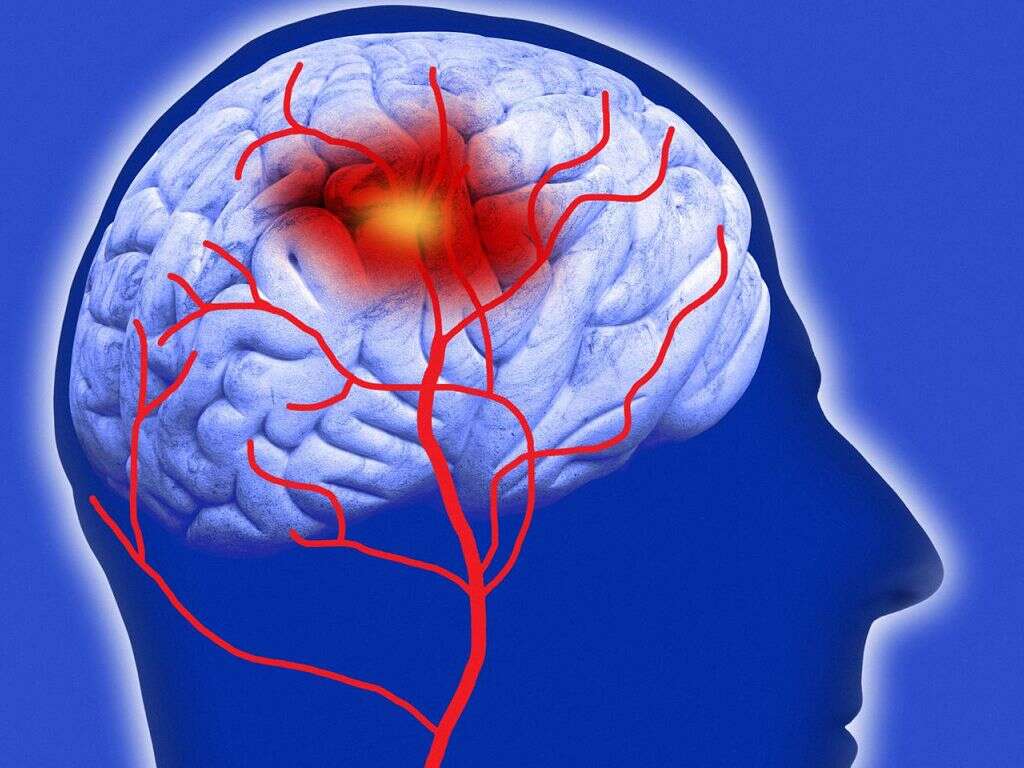
2. Hemorrhagic Stroke
One type of stroke is known as a hemorrhagic stroke. This happens when a blood vessel ruptures, allowing blood to leak out, and this means the blood will not make its way to the brain. Such a rupture will mean that the brain will not be able to function as it should be able to.
This can happen in the membrane that surrounds the brain, or it can happen in blood vessels in the brain itself. When blood leaks into the brain, the pressure within the brain will increase, and this can permanently damage brain cells. It can take a long time for survivors to recover, and many will have lost some faculties permanently.
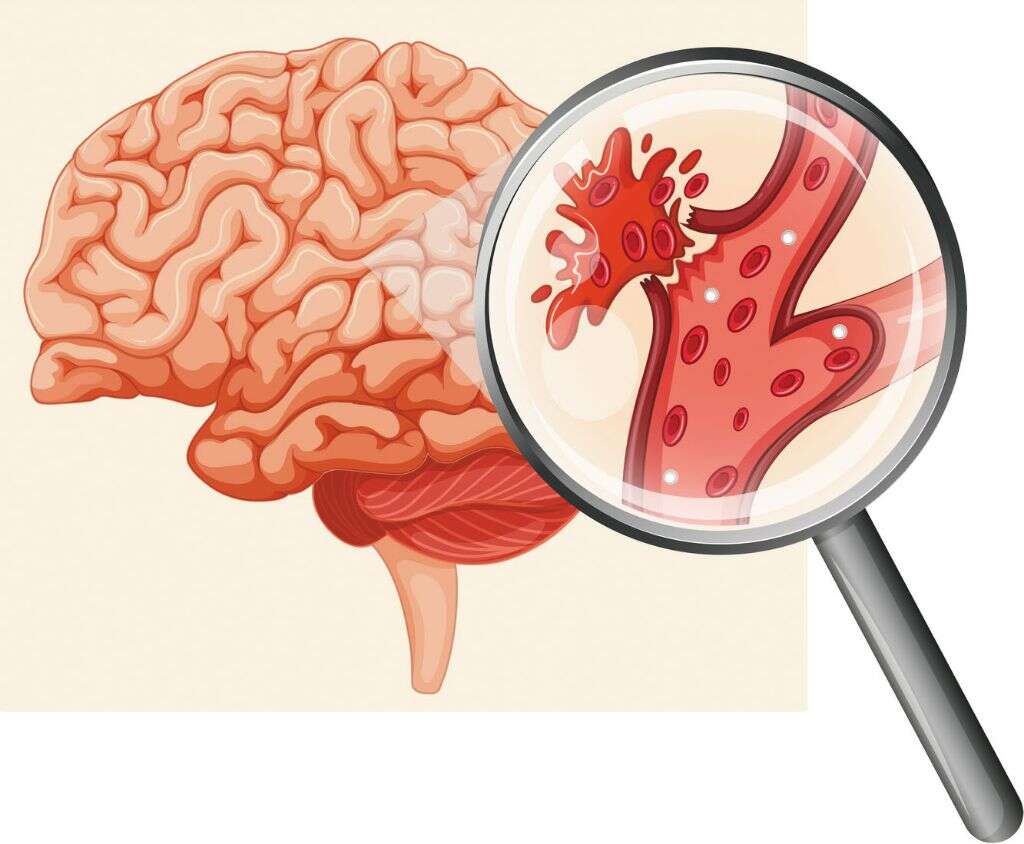
3. Ischemic Stroke
The other type of stroke that can be experience is an ischemic stroke. This happens when a blood vessel is blocked, preventing blood from flowing to the brain. This is the most commonly encountered type of stoke. Ischemic strokes can be broken down into two further categories.
One is a thrombotic stroke, which means the flow of blood is being blocked by a blood clot in the brain. The other is an embolic stroke which means the clot forms elsewhere in the body and becomes dislodged. The clot can then travel through the circulatory system until it becomes lodged in another blood vessel, blocking the flow.
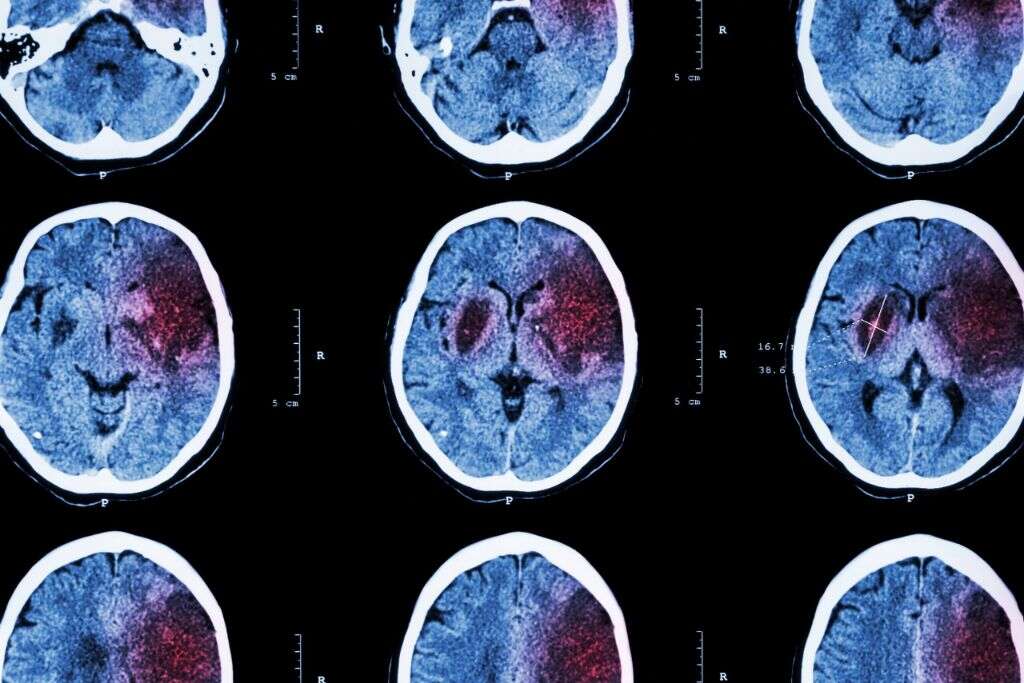
4. Transient Ischemic Attack
In addition to the types of stroke already mentioned, there is another condition that is very similar. This is a transient ischemic attack, which is also often known as a mini stroke. It happens when there’s a temporary blockage of blood flowing to the brain.
A mini stroke will often last for just a few minutes, but it can be hours. No permanent damage will be done and the patient will make a full recovery. It should still be taken very seriously, however, because it means the patient is at a high risk of suffering from a full-blown stroke at some point in the future.
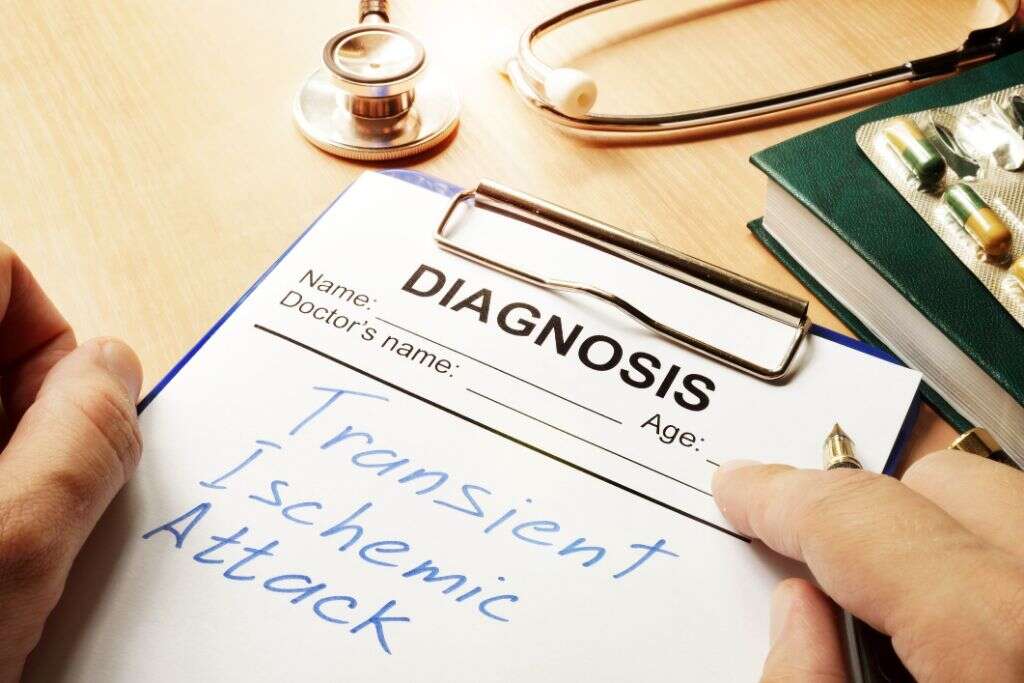
5. Face
It is paramount that the patient is found medical assistance as soon as possible. To an untrained eye, however, a stroke might go unnoticed, meaning medical assistance is delayed. FAST is an acronym that can help people to remember the signs that indicate a stroke has taken place.
The first letter is for Face. This means that you should try and look for signs of paralyses in the patient’s face. One way to do this is to ask them to smile and if their face appears to be drooped on one side, it is a sure sign they have had a stroke.

6. Arms
The second letter stands for arms. If you do suspect a stroke, then ask the patient to hold both of their arms out. Provided the patient has no other medical condition preventing them from doing so, this should be easy for them to achieve. If this is too difficult for them, something is probably very wrong.
When the patient holds their arms out, they should be able to keep both straight out at equal height. If they are unable to lift one arm then it could be because they have had a stroke. The same goes if they are not able to stop an arm from drifting downwards after lifting it up.

7. Speech
The third letter in the acronym addresses speech. Speaking is one of the most natural things that we can do, and it comes to us with us barely having to think about it. If there was something wrong with our brains, however, then even speaking can become difficult for us.
If you do suspect somebody has suffered from a stroke, then try and have the patient to say a simple sentence. You can try saying something yourself and asking the patient to repeat it. If they are speaking with slurred speech as though they are drunk then it is not a good sign.

8. Time
The final letter in the acronym is T, which stands for time. This is a reminder that time is of the essence and that you should be calling an ambulance immediately, or at least making other efforts to get the patient to an emergency room. It is quite literally a matter of life and death.
Don’t be lulled into a false sense of security by thinking that the symptoms don’t appear to be severe. Many people who have suffered even a severe stroke will still appear to be OK, albeit slower mentally and physically. During this time, the patient’s brain might be receiving irreversible damage, and the damage needs to be stopped as soon as possible.
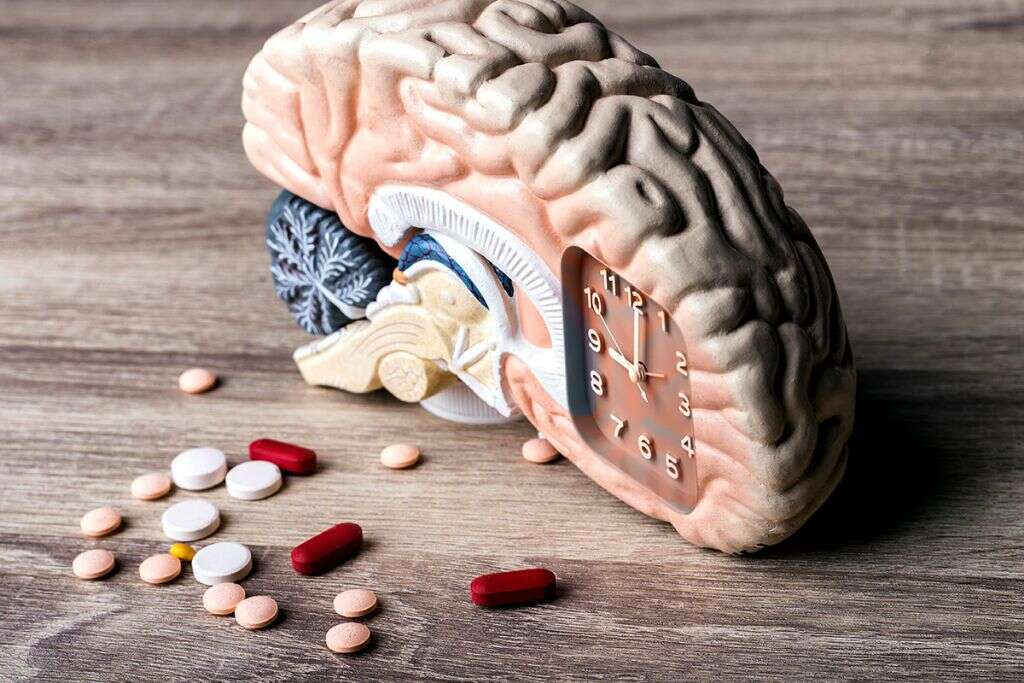
9. Diagnosis
Using FAST will help to give a preliminary diagnosis, but further tests will need to be undertaken. This will include a brief physical exam by a professional. This includes checking the patient’s reflexes, looking for abnormalities in blood flow, and checking the patient’s blood pressure.
Imaging tests will also likely be requested in order to get a picture of the patient’s circulatory system. This will help professionals pinpoint what the problem is, and where it is. The functioning of the heart will also be tested. Blood samples may also be tested to help look for factors that are associated with a stroke.

10. Treatment
How a stroke is treated will depend on the specifics of each case. In cases of a hemorrhagic stroke, it will be necessary to reduce the pressure in the brain. Surgery may be required to help drain excess blood to remove the pressure. The ruptured blood vessel will also need to be repaired.
Treatment for an ischemic stroke will often mean removing the blockage. This might be done surgically, while it is also sometimes done with the help of medication. Further medication will also be provided to help prevent the patient from suffering another stroke. Regardless of which type of stroke the patient has suffered, patients that survive are likely to need therapy to help them recover as much as possible.
